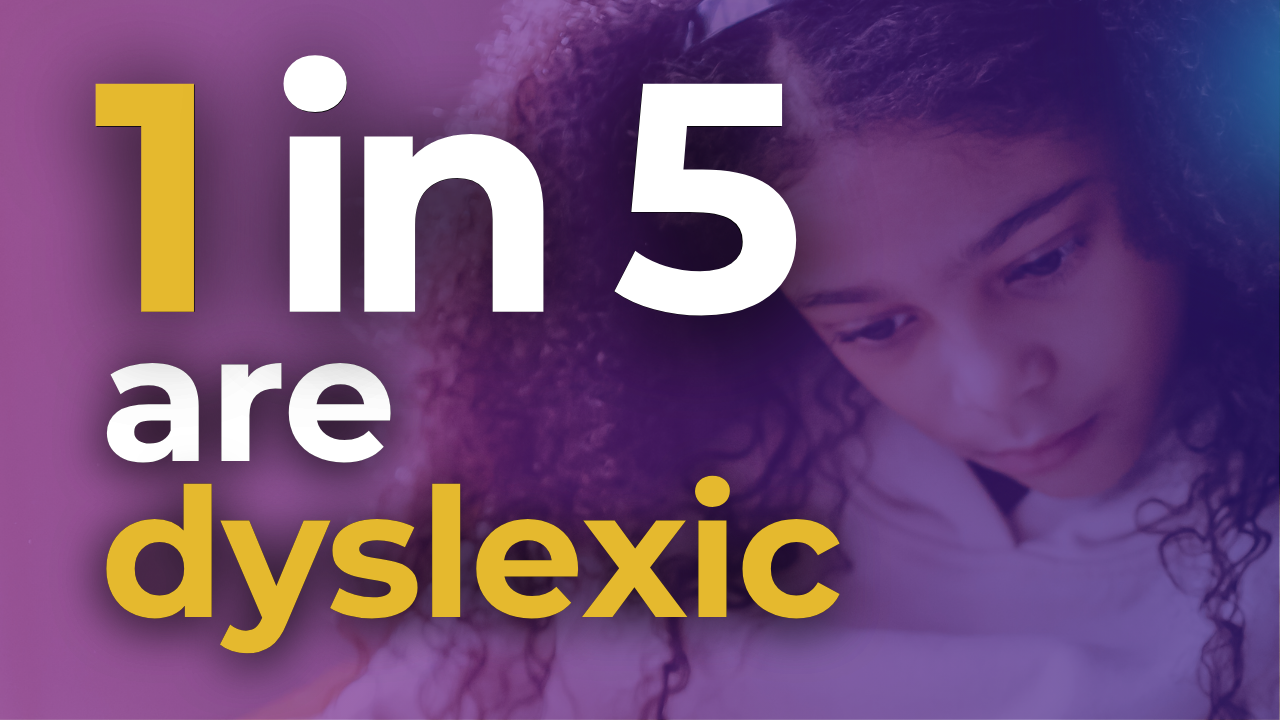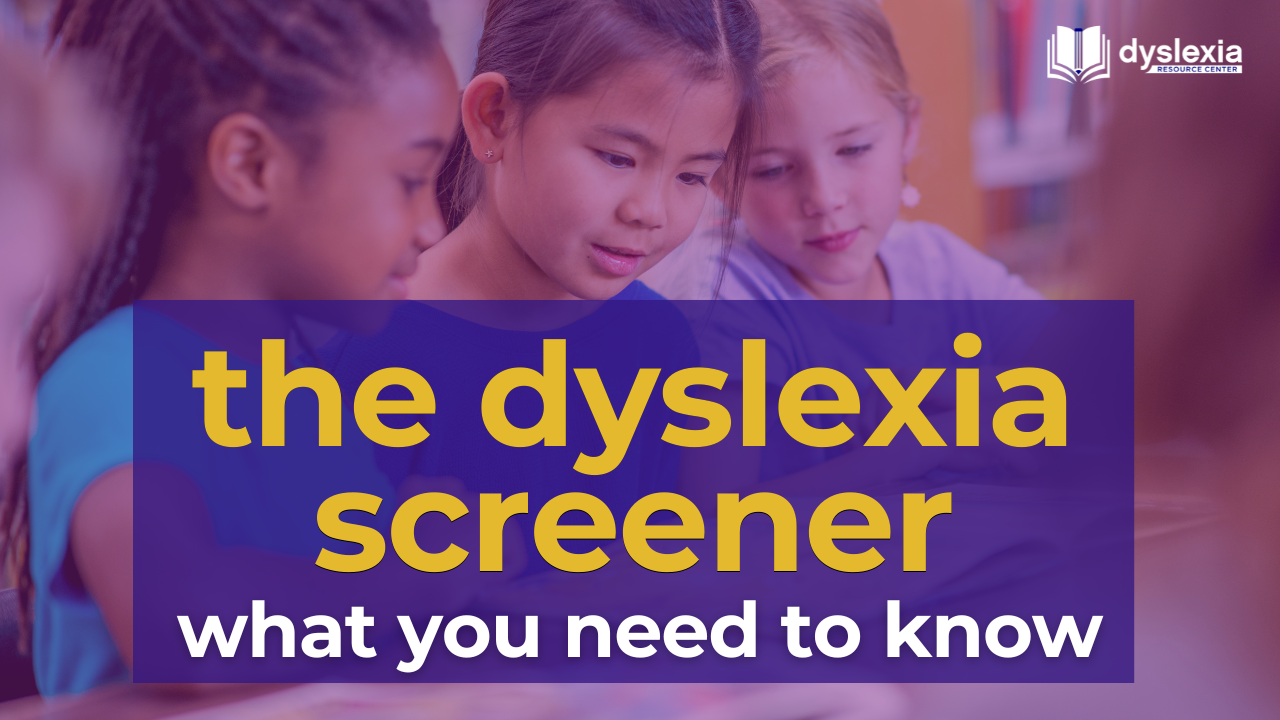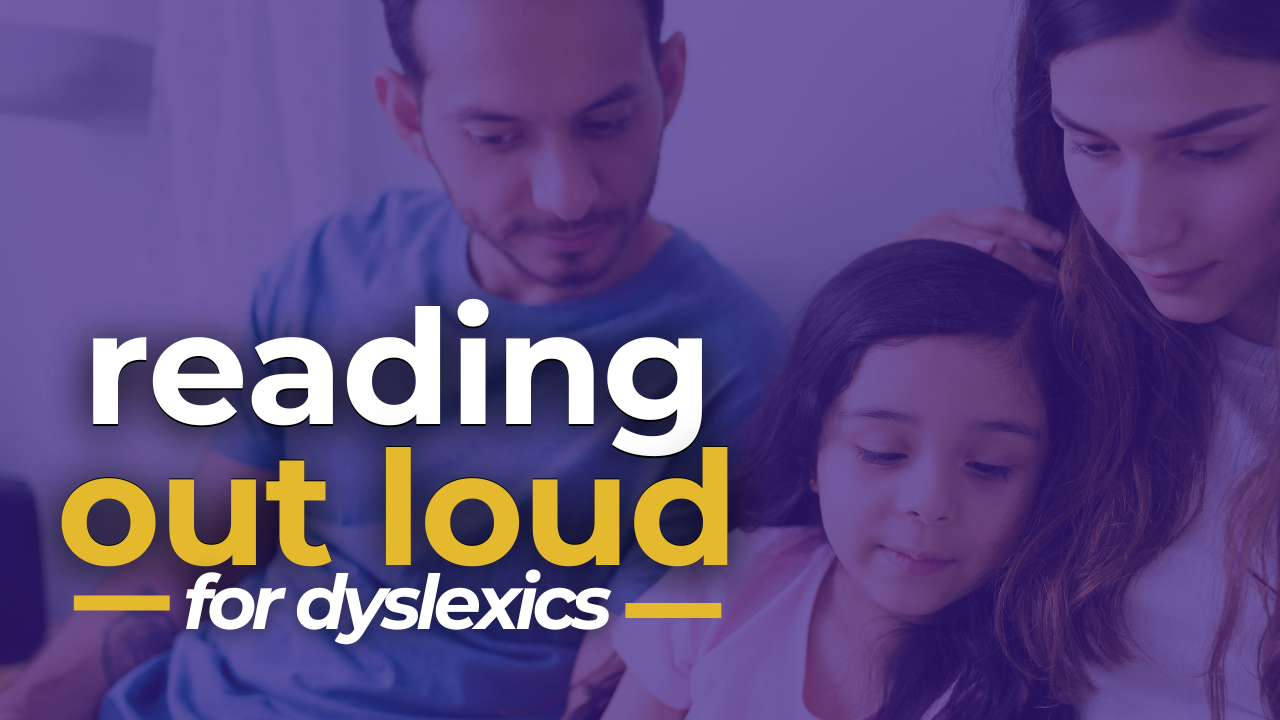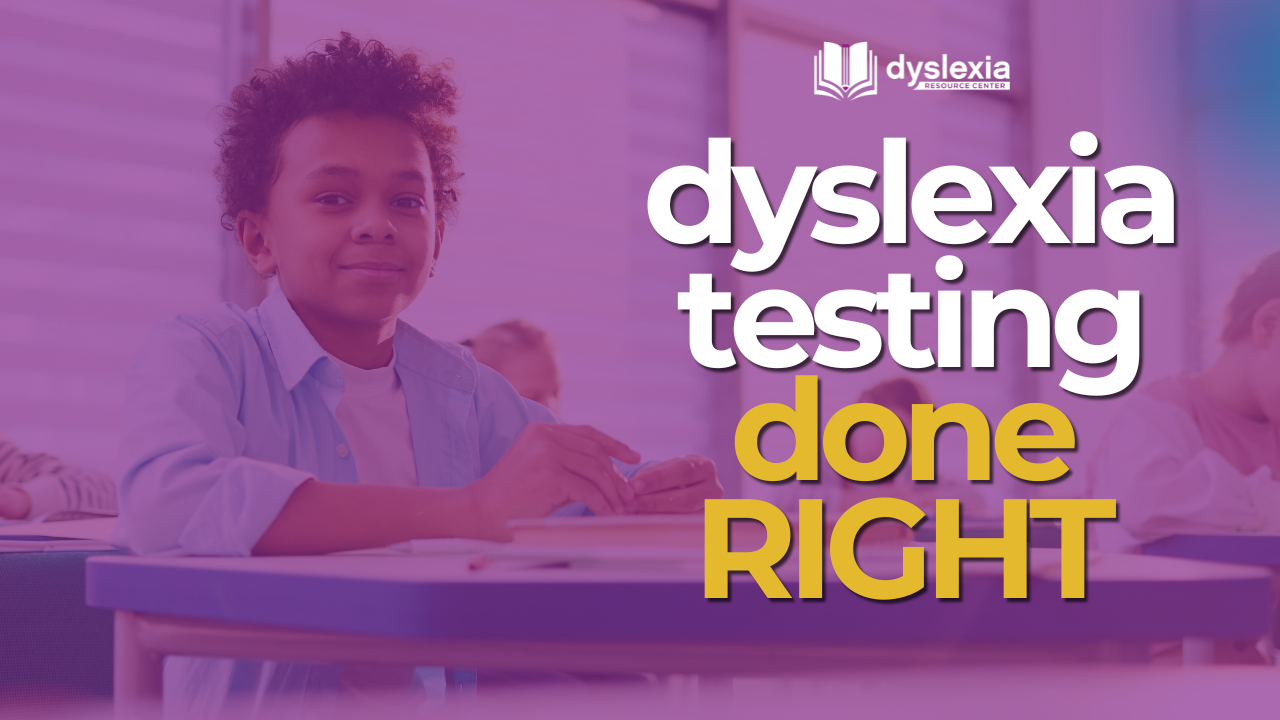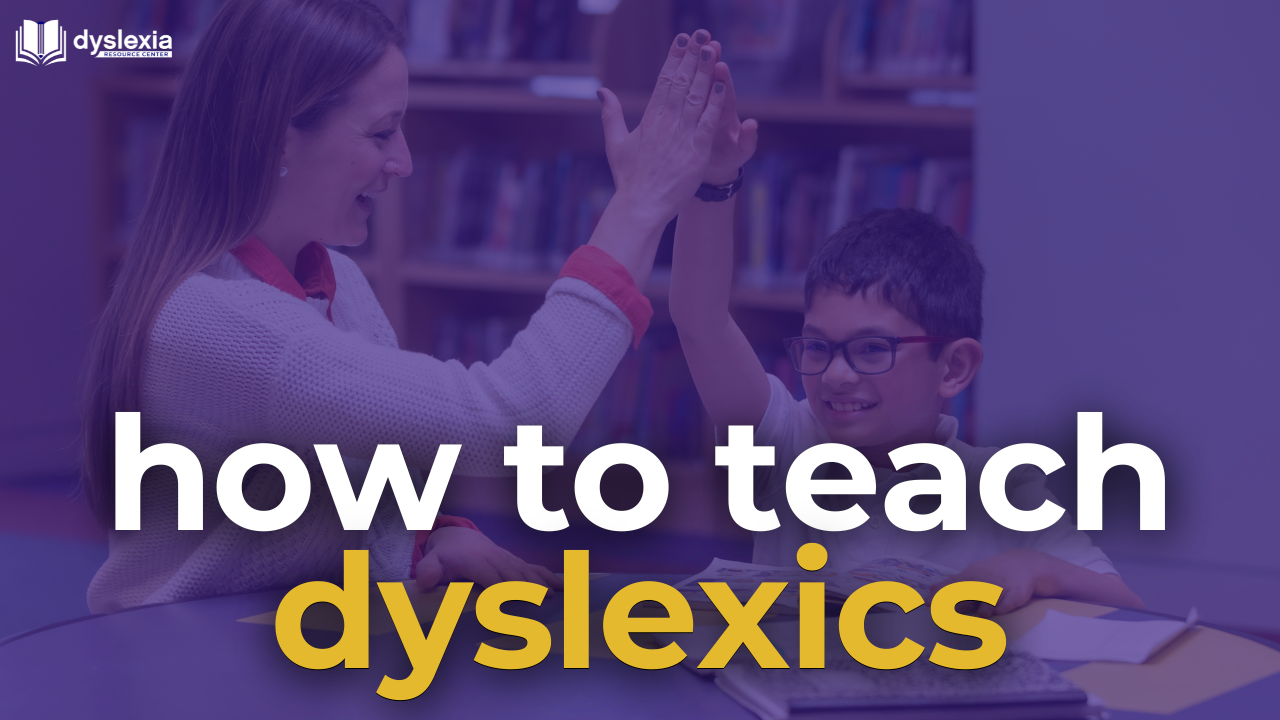Read Out Loud

Is your child or student struggling with reading? Are you looking for effective methods to support their reading development? One approach that has shown promising results for children with dyslexia is reading aloud. In this blog post, we will explore the importance of nurturing reading fluency in children with dyslexia and provide practical tips to help them become proficient readers.
Understanding the Challenges
Children with dyslexia face unique challenges when it comes to reading. They often struggle with decoding words accurately, which can hinder their overall comprehension. It's important to recognize that their difficulties lie not in higher-level thinking but in the decoding process itself. Dyslexic learners employ an inefficient system in the brain, making it necessary for them to exert extra effort to break down words into smaller parts.
The Role of Fluency
Fluency acts as a bridge between accuracy and comprehension in reading. Dr. Sally Shaywitz, a renowned expert in dyslexia research, emphasizes the significance of fluency for dyslexic learners. Fluent readers not only read accurately but also do so swiftly and with proper intonation. By developing fluency, children with dyslexia can enhance their overall reading abilities and better understand the written word.
Strategies for Nurturing Reading Fluency
- Choose Age-Appropriate Books: Selecting books aligned with a child's interests is key to engaging their attention during reading sessions. This helps maintain motivation and enjoyment while building fluency.
- Private Reading Sessions: Create a comfortable and private setting where the child can read aloud without distractions or self-consciousness. This allows them to focus on their reading without feeling judged or pressured.
- Reading Pattern Observation: Pay close attention to the child's reading pattern. Are there pauses unrelated to the text's meaning? Do they struggle with pronouncing words correctly? Identifying these patterns can help pinpoint areas that need improvement.
- Regular Practice: Encourage daily reading aloud from connected texts, stories, or books. Consistency is key to building fluency over time. Start with shorter passages and gradually increase the complexity and length of the readings.

- Modeling and Guided Reading: Take turns reading with the child, providing a model for fluent reading. Use strategies such as echo reading, where the child repeats after you, or choral reading, where you read together.
- Provide Feedback:
Offer constructive feedback on pronunciation, intonation, and pacing. Celebrate progress and provide gentle guidance for areas that need improvement.

- Encourage Expression:
Help children develop prosody by emphasizing expression while reading. Encourage them to vary their tone, pitch, and volume to reflect different characters' emotions or convey the story's meaning effectively.
- Use Assistive Technology:
Incorporate assistive technology tools such as text-to-speech software or audiobooks to support dyslexic learners in their reading journey.

Conclusion
Nurturing reading fluency in children with dyslexia is a gradual process that requires time, practice, and patience. By focusing on building fluency through regular reading aloud sessions and employing effective strategies, we can empower dyslexic learners to become proficient readers.
Remember, it's not about quick fixes but about providing continuous support and encouragement on their unique reading journey. Together, we can help children with dyslexia unlock their full potential and embrace the joy of reading!

